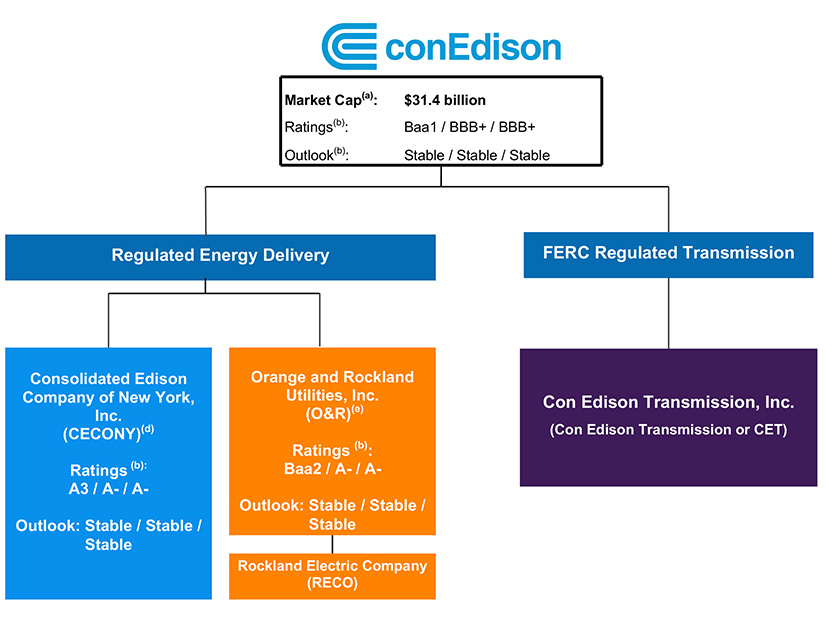The West-Wide Governance Pathways Initiative is advancing on its $570,000 funding target.
And its members also are wading deeper into one of the key subjects it was conceived to address: how to work around CAISO’s state-run governance model to create the framework for an independent Western RTO that pointedly includes the ISO and builds on its Extended Day-Ahead Market (EDAM).
Members of the initiative’s Launch Committee addressed both topics during a virtual monthly update Feb. 16.
“We are making really good progress [and] want to acknowledge and thank all of those entities who have pledged funding or committed funding in one way to support the launch framework,” committee Co-chair Kathleen Staks, executive director of Western Freedom, said during the update.
The Pathways Initiative has reached around “$300,000-ish” in pledges and is “still in fundraising mode,” Staks said.
“So, if you have not yet been hit up, or you have not asked, consider yourselves solicited for funding,” she told meeting participants.
The initiative in January applied with the U.S. Department of Energy for grants totaling $800,000 to support its operations over two years. (See Western Pathways Initiative Sets Budget, Seeks Funders.)
Staks also noted the Pathways Initiative had hired Seattle-based energy consulting company Utilicast to provide project management and meeting coordination, relieving the Regulatory Assistance Project of some of its initial responsibilities as a facilitator of the effort.
Utilicast’s Sarah Davis and independent consultant Jessica Singh will become the Pathways Initiative’s key points of contact for stakeholders, as noted on the group’s landing page on the Western Interstate Energy Board website, Staks said.
‘Stepwise’ Governance Approach
Pathways Initiative stakeholders have signaled “general support” for a “stepwise” approach to addressing the issue of CAISO’s state-run governance, Northwest & Intermountain Power Producers Coalition Executive Director Spencer Gray said during the call.
Gray is co-chair of the Launch Committee’s Priority Functions and Scope Working Group, which is driving the legal analysis around ISO governance.
Under the stepwise approach, the committee would take the first step of exploring how far “a more autonomous [CAISO] governance option could be pushed” under existing California law. (See Western RTO Initiative Outlines Governance Options.)
“We’re still working with [legal] counsel to figure out where that boundary is, where it seems obvious that state law precludes a more autonomous option, or the litigation risk of a more autonomous option becomes unreasonably high,” Gray said.
The next step would seek to determine what legislation would be needed to provide the ISO with more autonomy.
“The overall feedback on a stepwise approach is it would be helpful to push the ball further, without having the assumption that legislation would pass in California, and then also envision what is a durable governance structure that could be put into place with some continuity from what we would scope from step one,” Gray said.
Gray said his group also is examining the processes used by different RTOs in the U.S. to identify potential models for the Western effort.
Research has focused specifically on governance structures that allow for dual filings with FERC under Section 205 of the Federal Power Act. He said the “strongest precedent” for that model is in New England, where ISO-NE and the NEPOOL stakeholder group operate under a “jump ball” provision that gives both organizations equal rights to file competing ISO-NE tariff provisions with FERC when the two organizations fail to agree on rule changes.
“A fruitful area for us to explore: How did that get designed in the beginning in New England, and what should we think about ways to structure dual-filing opportunities in this context that would be consistent with what FERC’s found in New England?” Gray said.
Gray pointed out that the objective of having a dual-filing option to resolve disputes is to avoid triggering it and instead compel both parties to reach a compromise ahead of a FERC filing.
Gray’s group is additionally working to address the issue of identifying when Pathways Initiative backers would seek to trigger any governance changes outlined in the first part of the stepwise process.
Gray said the group is trying to avoid making changes to the joint authority structure shared between CAISO’s Board of Governors and the WEIM’s Governing Body “without any indication that there’s actually a critical mass of entities interested in EDAM.”
The Launch Committee’s incremental approach to building a governance framework is rooted in the fact that Western transmission owners are not yet clamoring for deeper cooperation than a day-ahead market, Gray said.
“There are some utilities who have publicly expressed interest in doing so; there are a couple state mandates in the West about utilities joining RTOs of some form,” he said. “But the reality we’re facing is a really heterogeneous interest and public expression of interest in steps beyond EDAM, and that fundamentally affects the design of the ladder steps of what we’re imagining.”
Gray said his group plans to offer “public-facing” legal analysis by the end of March, followed by a substantive report back to stakeholders by mid-April, in time to report findings at the spring joint meeting of the Committee on Regional Electric Power Cooperation and Western Interconnection Regional Advisory Body to be held in Denver April 24-26.

